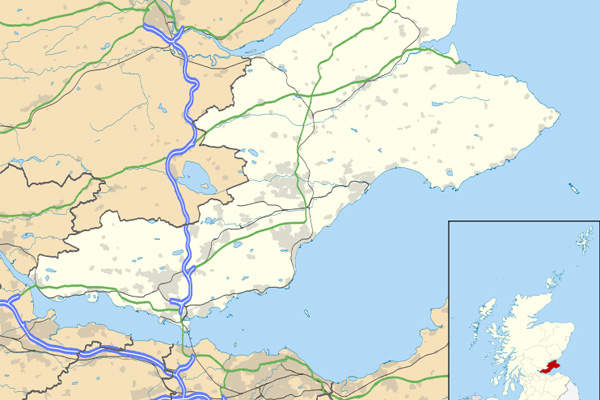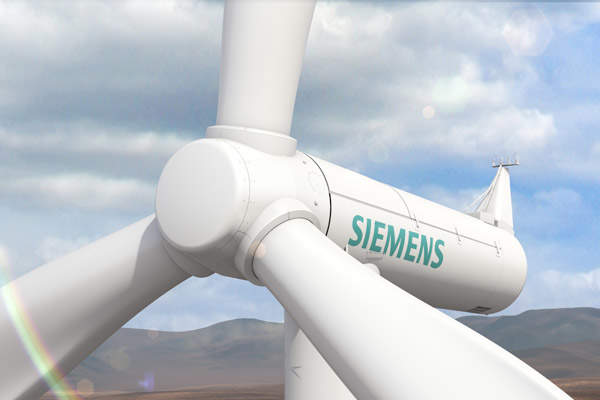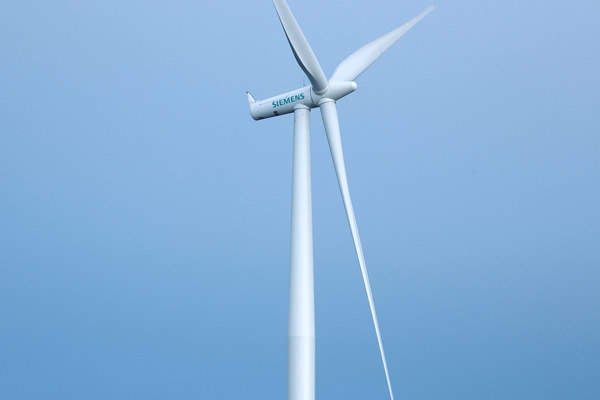The 180MW Armow wind project in Kincardine, Ontario, Canada, was developed by SP Armow Wind Ontario, a joint venture (JV) between Pattern Renewable Holdings Canada ULC (Pattern) and Samsung Renewable Energy.
The Canadian Ministry of Environment (MOE) approved the wind power project in October 2013 and construction began in October 2014. The project became operational in February 2016 and is expected to meet the power requirements of approximately 70,000 Ontario households.
The project created more than 350 construction jobs and up to 15 permanent jobs upon commissioning.
Armow wind farm site details and project background
The onshore wind farm is spread across 46,000 acres, mostly located on leased, privately owned lands in Kincardine, Bruce County, Ontario, approximately 3km from Lake Huron.
The project’s original developer Acciona Renewable Energy Canada Holdings sold it to the SP Armow Wind Ontario JV in August 2011.
Armow wind turbine details
The wind farm is comprised of 91 SWT-2.3-101 wind turbines from Siemens. Each turbine is rated at 2.3MW and has a hub height of 99.5m, rotor diameter of 101m and blade length of 49m. The rotor speed of the turbine is 6rpm to 16rpm and the swept area is 8,000m². The turbines use a three-stage planetary / helical type gearbox system.
The turbine tower, including the blade, has a maximum height of 150m. Each turbine tower is connected to a concrete foundation, approximately 20m in diameter and 2.5m deep.
Power transmission and off-take from the Armow wind farm
A pad-mounted transformer was placed immediately next to each turbine to step-up the 600V electricity generated by the wind turbine to a common collector line voltage of 34.5kV.
The 34.5kV collector lines are connected with a collector substation located approximately 400m from the existing Hydro One transmission line. The collected power is transformed from 34.5kV to a transmission voltage of 230kV at the substation.
Upon completion, the 365MW Seigneurie de Beaupré wind farm will be one of the biggest wind farms in Canada.
Electricity from the substation is transmitted to the Hydro One line by a single-circuit overhead line, supported by three to four interconnection structures.
Independent Electricity System Operator (IESO) purchases the entire power generated under a 20-year power purchase agreement (PPA).
Armow wind project construction timeline
Site clearing works for the Canadian wind farm began in September 2014. Construction of 15m-wide access roads to the turbine sites as well as the building of an operation and maintenance facility were completed by July 2015.
Turbine foundations and the collector substation were erected by August 2015. The turbines were delivered between May and September 2015. The installation of turbines and underground collection cables were completed by October 2015.
Financing
In October 2014, the Armow wind project secured C$580m (approximately $517m) in construction and term loan financing from ten financial institutions.
Contractors involved
Siemens was awarded the turbine supply contract for the Armow wind project in October 2014. The contract also included a three-year service and maintenance agreement. The 273 turbine blades were manufactured at Siemens’ Tillsonburg blade facility in Ontario and the towers were manufactured at CS Wind’s facility in Windsor.
Hatch was engaged to provide owner’s engineer services including the design review and site monitoring. Golder Associates was engaged to prepare the renewable energy approval (REA) application for the wind project.
The Amec Foster Wheeler Black & McDonald (ABMD) JV was awarded an engineering, procurement, construction and commissioning (EPCC) contract for the project. ABMD is also responsible for the construction of road access, foundations, wind turbine generator (WTG) erection and mechanical completion, O&M building, collection system, installation, testing and commissioning of the project.






